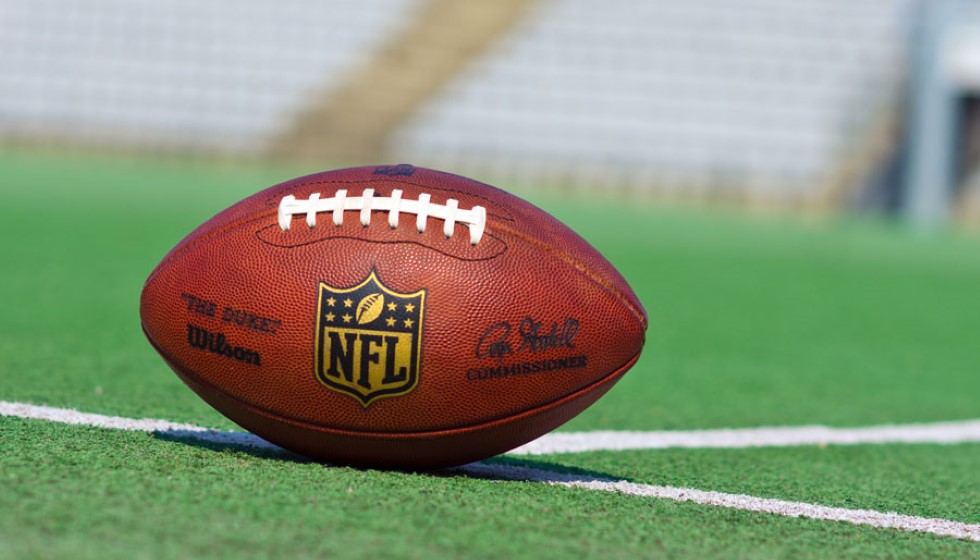
The landscape of NFL contract negotiations has undergone significant evolution under the 2020 collective bargaining agreement (CBA). A notable development in recent years is the rise of the "hold-in" tactic, where players, instead of holding out entirely, attend training camp but refrain from participating in certain activities to express their dissatisfaction with their current contracts. This tactic, sometimes subtle, has proven to be an effective leverage tool for players seeking better deals.
Financial Ramifications of Missing Training Camp
One of the key stipulations under the current CBA is the requirement for teams to impose mandatory fines on players who miss training camp. Veteran players beyond their rookie contracts face a substantial fine of $50,000 per day, while those still on rookie deals are fined $40,000 per day. The severity doesn't end there; players missing preseason games can be penalized with a week's base salary per game missed. These stringent measures underscore the NFL’s intent to maintain discipline while ensuring players fulfill their contractual obligations.
Brandon Aiyuk and Ja'Marr Chase: Contractual Standoffs
Recent months have seen several high-profile cases illustrating the tensions between players and franchises. Brandon Aiyuk, slated to earn a fully guaranteed $14.124 million in 2024 on a fifth-year option, expressed his dissatisfaction by skipping offseason workouts and incurring a fine of $101,716 for missing the mandatory June minicamp. His discontent led to a trade request just before the start of training camp.
Similarly, Ja'Marr Chase has taken a stand by not participating in team drills beyond walkthroughs during June's mandatory minicamp. With the Cincinnati Bengals having exercised a fully guaranteed $21.816 million fifth-year option for him in 2025, Chase’s potential absence looms large. Bengals president Mike Brown acknowledged the situation's gravity, noting, "He's a key player next to Joe [Burrow]. He's our next one. He knows that. We know it."
Despite the potential disruption, Brown also hinted at the possibility of resolution, albeit ambiguously, "The offseason is a better time for that and we're going to try to keep focused on the football part. I'm not going to rule anything out, but I will tell you that the die has probably been cast."
The "Hold-In" Success Stories
The efficacy of the "hold-in" tactic is evident from past successes. T.J. Watt’s hold-in during 2021 culminated in him becoming the NFL's highest-paid non-quarterback just before the regular season kicked off. Such outcomes not only secure financial rewards for the players but also set precedents for others in similar situations.
Contract Enforcement and Penalties
However, for players, there are risks involved when choosing to challenge the status quo. Under the NFL Player Contract, the maximum penalty for a breach or violation includes a fine equivalent to one week's salary and a four-week suspension without pay. Additionally, walking out after reporting to training camp can lead to players being placed on the reserve/left squad list, rendering them ineligible to play for the rest of the season and freezing their contract for the following year. Such penalties underscore the delicate balance players must navigate in their pursuit of better contracts.
High-Value Extensions
While some players navigate contract disputes, others secure lucrative deals that underscore their value to their teams. Justin Jefferson recently signed a four-year, $140 million extension with the Minnesota Vikings, which includes $110 million in overall guarantees and $88.743 million fully guaranteed at signing. Similarly, DeVonta Smith and Jaylen Waddle garnered substantial extensions with the Philadelphia Eagles and Miami Dolphins, respectively. Smith's three-year deal is worth $75 million, while Waddle's extension comes in at three years and $84.75 million.
These high-value contracts and the tactics employed to attain them reflect the evolving dynamics between players and franchises within the NFL. As players and agents become more strategic in their negotiations, the league continues to adapt its policies to maintain competitive fairness and order.
As the NFL navigates through these complex negotiations, the onus remains on both players and franchises to strike a balance that ensures mutual satisfaction and continued professional engagement. The intricacies of these negotiations highlight the ever-changing landscape of NFL contracts, where each move is calculated, and every decision carries significant weight.